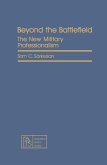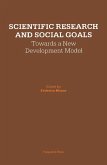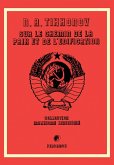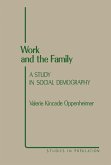Parmana: Prehistoric Maize and Manioc Subsistence along the Amazon and Orinoco argues for a reinterpretation of prehistoric subsistence in the Greater Amazonian region of South America. Based on the preliminary results of an archaeological fieldwork in Parmana of the Orinoco basin, Venezuela, the book re-evaluates some of the assumptions made by anthropologists about human adaptation and the development of aboriginal culture in Amazonia.
Comprised of six chapters, this volume begins with a review of the theories of five scholars of aboriginal Amazonia in terms of logic and documentation: Julian Steward, Betty Meggers, Robert Carneiro, Donald Lathrap, and Daniel Gross. The next chapter presents an alternative theory, the hypothesis of technological change, and explains its theoretical framework. The demographic theory of cultural evolution is discussed, and its basis in general evolutionary theory is explained. Subsequent chapters focus on the empirical evidence for the hypothesis in studies of tropical resources, with emphasis on the productivity of tropical lowland soils and Amazonian faunal resources as well as the roles of maize and manioc in prehistoric Amazonian subsistence; the physical and biological characteristics of the Parmana region as an environment for prehistoric human adaptation; and the history of subsistence and population growth in prehistoric Parmana. The final chapter suggests possible directions for future research on the development of aboriginal culture in Amazonia. The book is illustrated with numerous maps, tables, and photographs, most of them never published before.
This monograph should be of interest to archaeologists and anthropologists.
Comprised of six chapters, this volume begins with a review of the theories of five scholars of aboriginal Amazonia in terms of logic and documentation: Julian Steward, Betty Meggers, Robert Carneiro, Donald Lathrap, and Daniel Gross. The next chapter presents an alternative theory, the hypothesis of technological change, and explains its theoretical framework. The demographic theory of cultural evolution is discussed, and its basis in general evolutionary theory is explained. Subsequent chapters focus on the empirical evidence for the hypothesis in studies of tropical resources, with emphasis on the productivity of tropical lowland soils and Amazonian faunal resources as well as the roles of maize and manioc in prehistoric Amazonian subsistence; the physical and biological characteristics of the Parmana region as an environment for prehistoric human adaptation; and the history of subsistence and population growth in prehistoric Parmana. The final chapter suggests possible directions for future research on the development of aboriginal culture in Amazonia. The book is illustrated with numerous maps, tables, and photographs, most of them never published before.
This monograph should be of interest to archaeologists and anthropologists.
Dieser Download kann aus rechtlichen Gründen nur mit Rechnungsadresse in A, B, BG, CY, CZ, D, DK, EW, E, FIN, F, GR, HR, H, IRL, I, LT, L, LR, M, NL, PL, P, R, S, SLO, SK ausgeliefert werden.









